
The term fiber is a misconception since many sources of fiber are not in reality – fibrous. Upon taking a closer look at the constituents found in plants, fiber takes on many characteristics as opposed to the typical description of soluble or insoluble fiber. Fiber is being haled as important as the nutrients taken into our body. Fiber is being widely used to assist in healing and regulating functions and systems throughout the body. Not all fiber suits all needs and certain health conditions demand a particular type of fiber to provide a desired result. Fiber must also be compatible to the body providing benefit and not promoting unwanted symptoms. Through patient and public interactions, I fine a great deal of misunderstanding surrounding fiber. Whether to take it or not and many times it would assist in balancing and yet people are preconditioned to thinking fiber is only for the benefit of constipation and will surely cause the reverse condition if taken.
Nutritional Benefit of Edible Fiber
Too often fiber is thought to be nutrient poor. Various sources of fiber fall into different groups providing a wide variety of uses. It is nice to know that some plants provide the necessary health benefits and still offer an abundance of nutrition. There are many misnomers surrounding the topic of fiber and what it does or does not do for a particular problem. More detailed benefits of health issues will be in the next blog post, however an area of concern where there should be none is about the blocking of vitamin and mineral absorption. Plant fiber does not restrict the absorption of vitamins and minerals, in fact evidence would suggest otherwise.
One of the categories of fiber is called fermentable. Highest fermentability fibers are the groups of polysaccharides such as beta-glucans, pectin, natural gums oligosaccharides (a group of short chained or simple sugars), inulin and others. These fermentable sources improved the absorption of minerals, in particular calcium which is great news for anyone suffering with osteoporosis.
Phytates in plants have been found to reduce the absorption of some minerals and vitamins, not to be confused with fiber content. A few examples include calcium, zinc, magnesium and vitamin C.
Fiber contains Beta-glucans
Beta-glucan is a highly prized nutrient among the health conscious public. The following examples are sources of soluble fiber with the benefit of beta-glucans.
Whole grain barley and dry milled barley
Oat bran
Rolled oats
Oatrim
Whole oat flour
Psyllium husks – purity no less than 95%
Gluten Free Plant and Crustacean Fiber
Dietary plant fiber offers many health benefits and is a replacement for the glutinous properties provided by gluten.
Crude fiber is composed of a starch like molecule called Cellulose, a polysaccharide, which is a carbohydrate polymer of D-glucose. Cellulose is the non digestible plant structure found in the skin of fruits and vegetables and other material in plants. Cellulose does not contain gluten protein.
Sources include all legumes, cereals, fruit, and vegetables; in particular root vegetables and cabbage, all plants in general and the hulls of seeds and the skin on apples.
Hemicelluloses are known as the gum property found in the cell walls of plants. This carbohydrate is related to cellulose, which is also a polysaccharide, whose primary importance is its ability to absorb water.
Source: Hemicellulose is present in cereals, bran, whole grains and the legume family.
Pectin is a type of hemicellulose used in commercial jellies and jams. Pectin can be found in apples, strawberries, and citrus fruits.
Methyl cellulose is a chemically converted composition of cellulose, not a naturally occurring molecule found in the plant itself. This form of cellulose has great application as a good substitute for gluten in rice-based breads and other gluten free substances. Psyllium fiber is similar in nature to methylcellulose; both are derived from natural sources. The husks and seeds are used from the plant Plantago ovata or blond psyllium to produce psyllium fiber. These fibers like others become gelatinous when mixed with water.
Lignin is not considered to be a carbohydrate even though it is of plant origin. Also known as crude fiber, lignin is the principal element in the woody structure of plants. Lignin is a primary component of the secondary cell walls in plants, and some algae. Lignin occupies the space in the cell wall between hemicellulose, cellulose, and pectin.
Sources in food will vary, although examples include the seeds of fruits, root vegetables and vegetables with filaments such as celery and string beans, and also cereals.
Lignans are classified as a group of phytoestrogens, not to be confused with Lignins. Lignans are one of the major sources of plant estrogens (phytoestrogen) and act as antioxidants. These estrogen type compounds are metabolized by intestinal bacteria to mammalian lignans enterodiol and enterolactone. Other categories of phytoestrogens are isoflavones and courmestans. Plant lignans are a constituent of dietary fiber.
Sources: Flax seeds and sesame seeds contain higher amounts of lignans than most other foods. Look to nuts and seeds like pumpkin, sunflower, poppy, cashew and peanuts to boost your lignan intake. Other rich sources include the grains rye, oats and wheat, also soybeans and soy products. Vegetables richer in lignans are found in the cruciferous family such as cabbage (red and white), broccoli, kale, cauliflower and Brussels sprouts, as well as, carrots and green and red peppers. Fruits and vegetables are typically lower in lignans compared to other sources, but of those, strawberries and apricots are particularly good sources and others include peaches, pears, pink grapefruit, cherries and nectarines.
Chitosan is related to a group of carbohydrates called amino polysaccharides. Today Chitosan is used for its many health benefiting characteristics, as well as a researched source of soluble dietary fiber. This fiber product is derived from the shells of shrimp, crabs, oyster shells and the cell walls of fungi, demonstrating great benefit for lowering cholesterol.
Glucomannan or konjac mannan is another important dietary carbohydrate fiber substance. Konjac root powder or flour is being used for controlling diabetic sugar levels because of its ability to prevent the rapid uptake of glucose in the small intestine. Guar gum is also part of the mannan family. Other areas of use are aiding weight loss and lowering of cholesterol levels.
Vegetable gum fiber such as guar gum and acacia Senegal gum are often sold in loose powder form or in a capsule. Other fiber that would be closely related as far as consistency is locust bean and pectin. These are very gentle, forming a jelly like texture with not after taste.
Correlating Post
Fiber: Essential for Diarrhea – What Type (2 of 2)
Copyright © 2015 – All Rights Reserved – Michelle Honda Ph.D.





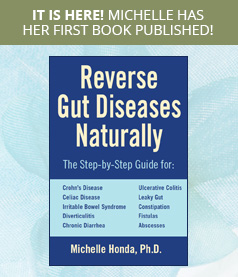

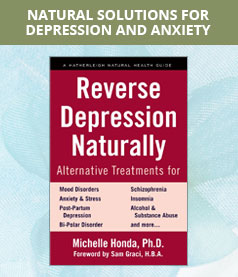
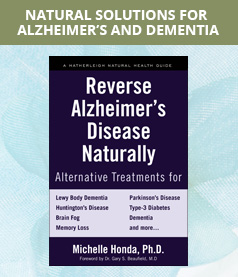
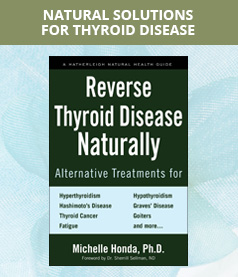

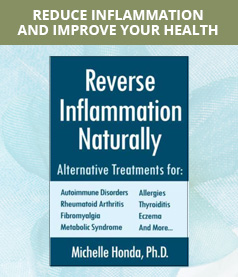
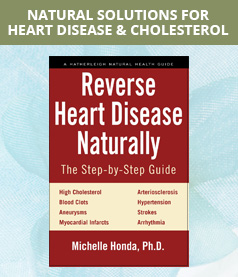
Follow Us!